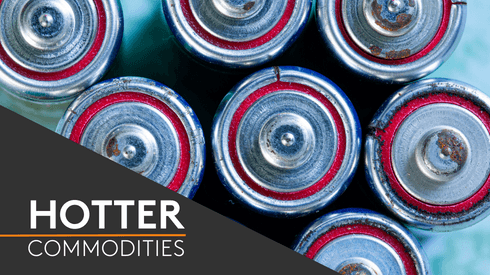It is the 100th anniversary of Metal Bulletin this year. We should congratulate all those who have been responsible for maintaining the magazine in its pre-eminent place in the market for all of that period.
Trevor Tarring – who is very definitely among those we toast – has been producing a fascinating series of pieces describing the atmosphere in the various decades of that century.
At any time during that illustrious history, one could have undoubtedly pointed at the changing face of news reporting and claimed it as revolutionary – a game-changer, if you will.
The arrival of the telegraph, for example, or the telex, or intercontinental telephone communication – all of these things changed the face of news gathering and dissemination in a profound way.
Nonetheless, two targets have been constant for Metal Bulletin.
First is the commitment to provide pricing information. This is an essential part of the market, and Metal Bulletin quite rightly regards the timely and accurate reporting of this data – either by distributing exchange reports or by relying on its own database and network of information-gatherers – as a vital part of its position in the business.
Market participants rely on this information to price deals, so the accuracy and timeliness of these assessments are of unquestionable importance. It is one of those things whose real value we would only miss if it disappeared, so effectively and efficiently is it done.
The other axiom the magazine is founded on is the importance of the gathering and circulation of news. This, I think, is where the process of technological change has a part to play.
At the moment, it is an interesting question as to where we find our news. The traditional media – newspapers, television, radio – are all still operating and in varying degrees of good health.
However, there is now another layer – social media – that makes a news reporter of everyone who has a smartphone. I heard of the Boston marathon bombings via Twitter, for example, well before I saw it on TV or heard it on the radio.
This could be considered as the commoditisation of news, and as we well know in the commodities business, it is the added-value part of any deal, rather than the underlying, which is often the most significant.
New Media
So how does a publication differentiate itself in a world where factual information is so widely available?
To begin with, it exploits the new media itself, to ensure it is at the forefront of any technological developments. Metal Bulletin has certainly done that – there are several Metal Bulletin Twitter accounts, which are used both to point readers towards fully-formed stories and also to put out immediate news items.
The other area is how the news is treated, beyond the initial factual report. The underlying factual accuracy is obviously essential, but it is the way those facts are interpreted which very often guides which publication we choose to follow.
This is where Metal Bulletin’s strength really lies. The inherent historic corporate knowledge is a great backdrop against which to work, but the real value is in the depth of understanding of the journalists, who take the raw news and give it context and relevance in terms of the market as a whole.
That is why the publication has been around for a hundred years. It is why Trevor Tarring can write about how it has succeeded in so many different environments and why those of us who read it as a first source of market information today are pleased to raise a glass to the current editor and staff, but also to their illustrious predecessors, all of whom have worked to keep the magazine at the top of its game for so long.
We look forward to the next successful 100 years.
(I should add at this point that I write this as a user of Metal Bulletin and as an occasional contributor. The views in this piece are entirely my own.)
Lord Copper
editorial@metalbulletin.com






